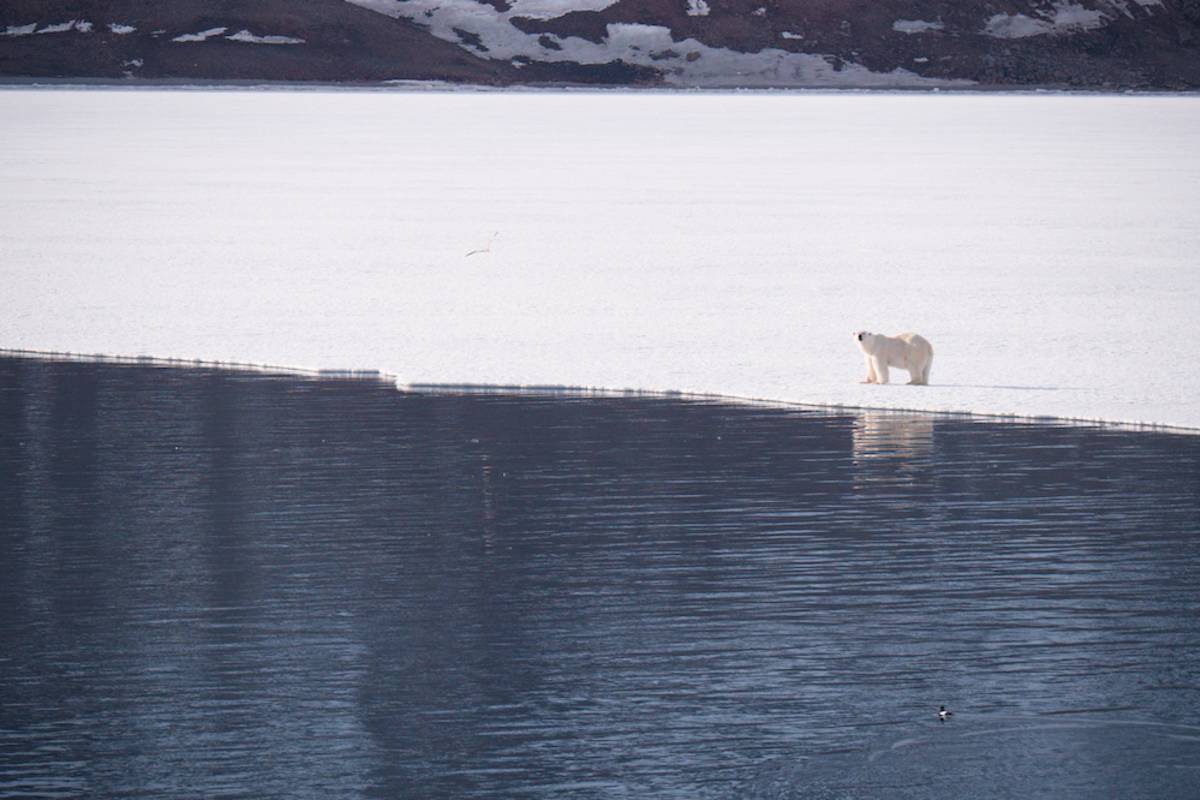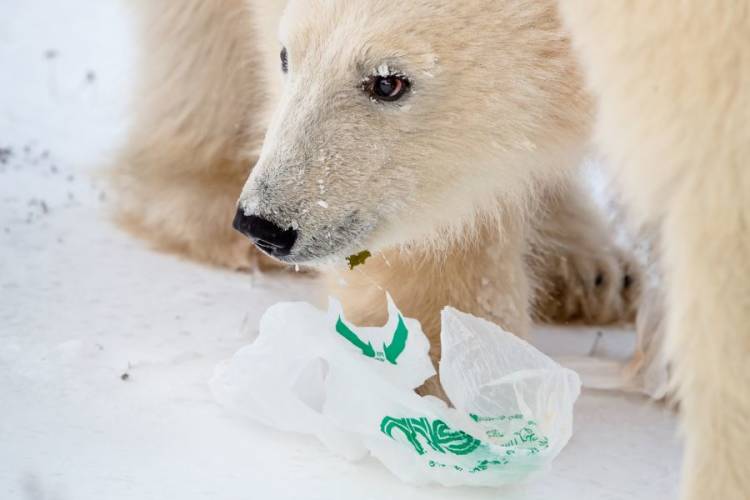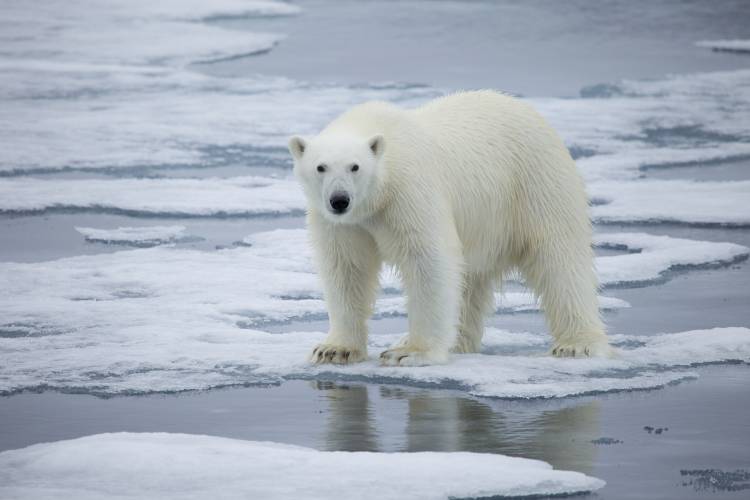Fifteen years ago, on May 15, 2008, the U.S. granted polar bears protective status under the Endangered Species Act. Yet polar bears are now more imperiled than ever—by a warming world and the associated sea ice loss that threatens their long term survival.
“I never would have predicted that more than a decade after the polar bear was listed as threatened, we would not have taken the actions necessary to save them,” said Dr. Steve Amstrup, chief scientist emeritus at Polar Bears International, whose work with the U.S. Geological Survey led to the polar bears’ listing. “In fact, with 15 years of inaction, we’ve lost another million square kilometers of summer sea ice—roughly 1.5 times the size of Texas. Polar bears rely on sea ice to hunt, breed, and sometimes to den. With 15 more years of continued warming and sea ice loss, the need to reduce greenhouse gas emissions is more urgent than ever.”
Since the polar bear was listed as threatened:
An in-depth study shows we are on track to lose most of the world’s polar bears by century’s end if we continue with business as usual.
The rate of Arctic warming, which was 2.5 times greater than the global average, has further increased to almost 4 times greater.
Summer sea ice decline, which is inversely proportional to global mean temperature, has averaged 13% per decade.
The polar bear’s reliance on Arctic sea ice and fat-rich seals is even clearer. Alternate foods with equivalent energy are simply not available.
Reduced sea ice forces polar bears onto land or ice over deep and unproductive polar basin waters for lengthening periods. New research shows that, in both cases, polar bears are food-deprived.
The Southern Beaufort Sea polar bear population in Alaska, which Amstrup studied for 30 years, has declined by 40 percent. Elsewhere in the Arctic, another well-studied population, Western Hudson Bay, has declined by about 50 percent.
Across the Arctic, research has noted shifts in denning areas, including from sea ice to land in Alaska. In Svalbard, historic denning areas in the southern parts of the archipelago are no longer being used, with denning bears shifting from more southerly islands to northerly locations and some all the way to Russian islands.
The dangers of a temperature rise of more than 2°C (3.5°F) have become increasingly clear, with more severe storms occurring in every part of the country, drought frequency and intensity increasing, and sea level rise accelerating.
Yet despite overwhelming scientific evidence, our leaders have failed to take the actions necessary to save polar bears and the Arctic ecosystem. The Polar Bear Conservation Management Plan, developed by the US. Fish and Wildlife Service as required by law in response to the listing, remains inadequate due to restrictions that prevent it from addressing the biggest threat to the bears: climate change.
“The next 15 years will close out what the U.N. defined as the critical decade to act on climate change,” said Dr. Flavio Lehner, chief climate scientist at Polar Bears International and assistant professor in earth and atmospheric science at Cornell University. “While there is positive momentum coming out of COP27 and the U.S. Inflation Reduction Act, it is not yet enough to protect the Arctic. In fact, the chance for the Arctic to become ice-free in summer shoots up significantly once we pass 1.5°C of global warming—one of the Paris temperature targets for which we are currently not on track at all.”
Amstrup added that while the U.S. has a conservation plan for polar bear management, it’s not clear what progress has been made since the plan was finalized.
“Ongoing Arctic oil and gas development in Alaska and elsewhere means business-as-usual greenhouse gas emissions will continue,” he said, “adding to Arctic sea ice decline and increasing threats to polar bears over most of their range by 2100. The increasing effects of global warming are already felt worldwide. We know what we need to know to act urgently—we need leaders to come together to rapidly reduce emissions in the coming years.”
















